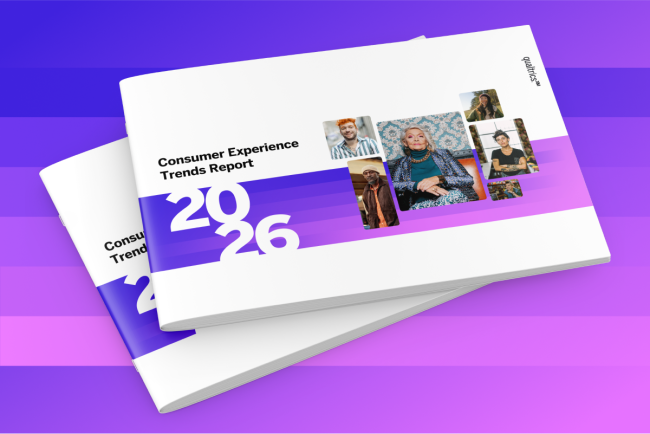Ever feel like technology is moving at lightning speed? That's because it is, and artificial intelligence (AI) is at the center of it all. You might already use AI daily without even noticing, as it powers voice assistants, intelligent recommendations, and tools that help with homework. And in school, AI is becoming a big deal, helping students to learn faster, study smarter, and get help with writing, organizing, and more. As long as you're careful and use it responsibly, AI can be a valuable learning tool for students.
How AI Can Help You Learn Better
AI tools are like having your own personal teaching assistant by your side. They can explain complex topics in simpler ways, suggest better words for your writing, or help you get organized with reminders and study schedules. Some students use AI to brainstorm ideas or even turn rough notes into clean summaries, which can free up more time for deeper thinking and creativity. However, it's important to use AI to help you understand things better, not to do all of your work for you. The goal of college is to learn, not just to finish tasks faster.
AI and Misinformation
As helpful as AI is, it's not perfect. Sometimes, it gives answers that sound smart but are wrong, a phenomenon called AI hallucination. This happens because AI learns from a mix of online information, and not all of it is accurate or fair. AI tools tend to assume that they have the answer to every question, so they sometimes confidently state things that are completely made up. That's why it's important to double-check what AI tells you before trusting it. Always fact-check AI output using trusted sources like your teacher, a textbook, or a reliable website. Developing strong media literacy skills, such as fact-checking information and questioning sources, has never been more important than it is in the AI age.
- Lateral Reading: Your Top Analysis Tool for Fact-Checking AI
- What Makes Students Fall for AI Misinformation?
- Fact-Checking AI and Avoiding Plagiarism
- The Complete Guide to AI Fact-Checking for Students
Using AI Ethically
Just like you wouldn't copy someone else's homework, you shouldn't use AI to do your work for you and pretend that it's your own. It's essential to be honest about when and how you use AI. Before using an AI tool, think about whether it's going to help you learn or just let you skip doing work you should be doing yourself. Also, make sure you're aware of your school and teachers' policies on AI use; some will allow you to use AI as long as you cite it as a source, while others ban AI completely. Always follow your school's rules and ask your teacher if you're unsure.
How to Cite AI in Your Work
If you use AI to help with your schoolwork, it's important to be honest about it. Citing your sources is important, and you should treat the output from AI tools like books, websites, or articles. Citation rules are still developing, but a good rule of thumb is to include the name of the AI tool you used (like ChatGPT or Gemini), the prompt or question you gave it, and the date you used it. Being clear about how you used AI shows that you're responsible and trustworthy. It also helps teachers understand your process.
- How to Cite AI Tools in Academic Writing
- How Do I Cite Generative AI in MLA Style?
- Citing Generative AI Tools in Chicago Style
- How to Cite ChatGPT in APA Style
Key AI Terms
Here are some key terms you might hear when talking about AI in the classroom:
- AI Bias: When an AI system produces results that are systematically prejudiced or unfair, often due to biased data used in its training
- AI Software: Programs or applications that use AI algorithms to perform tasks, such as writing assistance, data analysis, or personalized learning
- Artificial Intelligence (AI): The simulation of human intelligence processes by machines, especially computer systems, that can learn, reason, and self-correct
- Feedback Loop: A process that uses the output of an AI system as new input to refine and improve the system's performance
- Generative AI: A type of AI that can create new content, such as text, images, audio, or code, rather than just analyzing existing data
- Hallucination: When an AI generates factually incorrect or nonsensical information that it presents as fact
- Large Language Model (LLM): A generative AI trained on vast amounts of text data to understand, generate, and predict human language. Examples include ChatGPT and Google Gemini.
- Machine Learning (ML): A subset of AI that enables systems to learn from data, identify patterns, and make decisions with minimal human intervention
- Prompt Engineering: The skill of crafting effective input (prompts) for generative AI models to get the desired output
Learn More
- A Student's Guide to Working With ChatGPT
- Understanding Algorithmic Bias
- AI in Education: Impact, Ethics, and Use Cases
- Guide to 360-Degree Feedback
- AI Vocabulary Guide
- Professors' Views on the Use of AI
- How to Use Generative AI in College Without Cheating
- Guide to Customer Experience Management Software
- Generative AI Guidance for Students
- Getting Started With Prompting AI Tools
- Measuring Net Promoter Scores
- Writing Effective Prompts for AI
- Online Survey Software
- How to Use Prompts With LLMs



